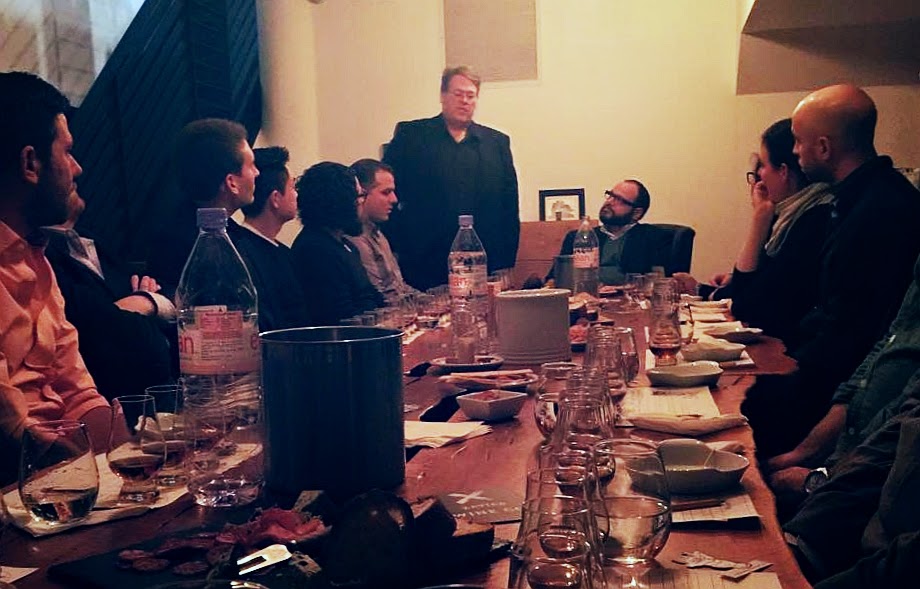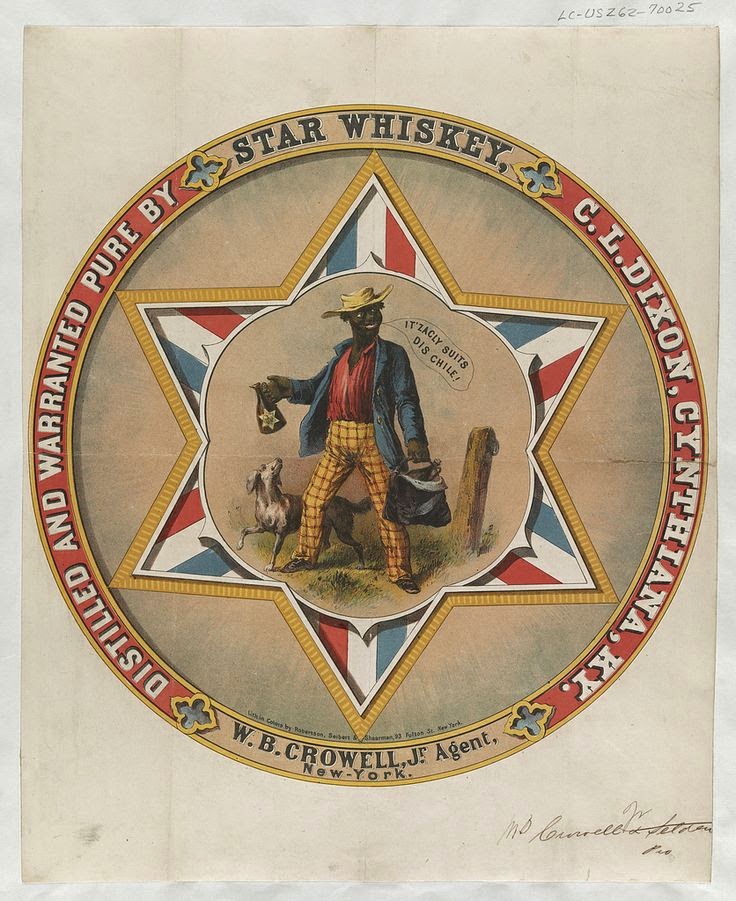Last week I discussed covert homosexuality in mid century American whiskey advertising. This week I'll be looking at racism in American whiskey advertising. It's a much bigger topic. Blacks haven't been depicted well - and given American history that's probably not much of a surprise. Racism is part of the cultural complex that allowed slavery to flourish and then for subjugation to continue. I see three broad categories of how blacks have been presented in whisky ads over the previous century and half:
1) the time of the Minstrel Show when blacks were used to refer to the Southern culture that the minstrel shows invoked: i.e. comical & unintelligent, but benign.
2) servitude. Blacks depicted as servants - raising the perception of class and status in those being served.
3) sexual hunter. Black men depicted as cool smooth lady killers who used whisky as a weapon in their arsenal. This is a recognition of black power, but it's also a sexist typecast.
Each of these periods is divided by something. Between minstrelsy and servitude we have Prohibition which really divided the 19th century culture from the 20th century in American whiskey. Between servitude and the hunter we have the Civil Rights movement. Blacks were no longer depicted as a social mirror for white consumers - but became a market that was pursued in and of itself.
The 19th Century: Minstrelsy
When American whiskey advertising depicted black people in the 19th century it tended to show them as characters in the minstrel shows that were hugely popular from the 1830s on throughout the 1870s - (and survived into the 1950s, ultimately). Minstrels were originally entirely white performers in blackface. The purpose of the minstrel show was to show blacks as comical idiots - a variety of clowns. At times this was used to justify the continuation of slavery. At other times it just allowed the cognitive dissonance whites felt because of the subjugation of racism to dissipate. Blacks in minstrel shows seem happy, and are too dumb to care either way. After the Civil War there were an increasingly number of black performers doing minstrel shows - but they continued the themes established by the white performers pretending to be black: wearing black face with big red painted lips. There were a multitude of shows and stars, but there was a real structure - with three acts. In the first was the walkaround, featuring the cakewalk and musical overture portion of music and dancing. The dominant character here is that of Jim Crow - the slave. He wore ratty colorful field clothes and was buffoonish and slapstick. He had clownish exaggerated features, and spoke an exaggerated Plantation dialect with a shuffling gait. The musical instruments varied, but were anchored by the characters of "Bones" (who played bones and tended to be overweight) and Tambo (the tambourine man). The middle act was the variety show and led up to the "stump speech" - the portion where the freed slave - or city dweller character "Zip Coon" with dandy airs makes a fool of himself. The final portion was a play depicting rural life in the South - often a spoof on Uncle Tom's Cabin.
Minstrelsy was enormously popular. It was, perhaps, America's first truly original art form (pre-dating Jazz by half a century or more). Some of the music was very good. Stephen Foster wrote extensively for the minstrel theater. These songs include "Oh! Susanna", "My Old Kentucky Home", "Dixie", "Camptown Races", "Polly Wolly Doodle", and "Jeannie with the Light Brown Hair". But the bedrock of the minstrel show was a vicious mocking of black American culture, language, and predicament.
1870s ad for W. B. Crowell Star Whiskey shows a character in brightly colored dress on the road with a dog, and a bottle of Star Whiskey. It is clearly the minstrel character of "Jim Crow". He exclaims "It Zactly Suits Dis Chile". Photo from the Library of Congress.
A later (turn of the 20th century) minstrel treatment. Another example of the character "Jim Crow" on a country road. He has a chicken under one arm and a watermelon under the other and sees a bottle of Fern Glen Rye whiskey in the road. Without a hand free to pick up the whiskey he exclaims: "I'se in a perdickermunt." This is an example of the kind of humor and situation common in minstrel show comedy.
![]()
![]()
![]()
This savings bank from the late 19th century is informed by the aesthetic of minstrel shows. The bow tie shows that the character of "Zip Coon" is referenced. The card of the right shows a similar bank called "Stump Speaker" which clearly references the Minstrel show element of the "stump speech".
The garish and ghastly nature of such visages must be understood in the context of these images being taken from minstrel shows. They represent specific comic characters, akin to clowns, from shows where they were played by white men in black face with exaggerated features painted on. This doesn't diminish the racist aspect. But the historic and cultural context of minstrelsy explains how these images would have been understood as comic by the children of the day.
"If I could have the nigger show back again in its pristine purity,
I should have little use for opera." -- Mark Twain
Blackface performers are, "...the filthy scum of white society, who have stolen from us a complexion denied them by nature, in which to make money, and pander to the corrupt taste of their white fellow citizens." -- Frederick Douglass
1859 Bininger & Co. Whiskey ad from the Library of Congress.
Music and dancing is the focus - in a poor rural (slave) setting. Photo from the Library of Contress
1934 through the 1950s: Blacks as Servants - accessories to class.
There was a long hiatus in whisky advertising (and production) during Prohibition. After Repeal, America had changed. The Great Depression had begun, and was in full swing. In that context, issues of class became foremost. Now, in most ads that shows blacks, we see them depicted as servants.
"Advertising images consistently show scenes of prosperity, material comfort, even luxury well beyond the conditions of life of most Americans. The advertising industry prefers to picture the world that consumers aspire to, not the one they actually inhabit."
There were roots of the servant trope before Prohibition as well. This Pullman car ad shows a wealth of detail - including a long vanished beer and whisky - served by a black porter who manages to look more like a regular guy doing his job than most of the servant black characters we will see in post-Repeal advertising later on.
Joseph R. Peebles & Sons. Co 1840 Cabinet Whisky Cincinnati, OH, USA. Via Pullman_compartment_cars_and_through_trains,_Cincinnati,_Hamilton_&_Dayton_Rail_Road_advert 1894.
Lincoln Perry, the actor who created the character (a persona, really) Stepin Fetchit - had many of his main career credits in the 1930s. IMDB summarizes:
"The "Coon" persona mitigated the low status accorded African-Americans by whites by feigning near-idiocy in order to frustrate whites by ironically fulfilling their low expectations (the "Tom," by contrast, is praised by whites for his good work and loyalty. A parallel racial caricaturization of black men by whites, the "buck," is the repository of their racial and sexual fears, and still can be seen in blaxploitation movies of the 1970s and, more recently, in the "gangsta" rapper)."http://www.imdb.com/name/nm0275297/bio
These three roles, "Coon", "Tom", and "Buck" form the primary racist landscape for all these whisky advertising depictions. The Minstrel era was the "Coon" era ("idiocy - fulfilling their [white's] low expectations). The period between Repeal and the Civil Rights movement, as we shall see, was the era of "Tom" - a character of "good work and loyalty".
Although the minstrel show in theaters had mostly disappeared by the mid-20th century, the themes still played, but in a more passably realistic and updated way. Amos 'n Andy - a popular show squarely in the minstrel tradition, thematically, was big on radio from 1928-1950s and on television from 1951-53. It was very much like "The Honeymooners" - a pair of buddies, one big and one little, in a variety of idiotic but heartwarming scrapes. The difference here is that Amos and Andy reified racist stereotypes: they were lazy, not-too-intelligent but good hearted guys. The very next year - 1954 - is when the Civil Rights movement started to get cooking and the paradigm changed.
The period between Repeal (1934) and the rise of civil rights (Brown v.s. Board of Education struck down school segregation in 1954) was the period of the Great Depression, WWII, the ascendancy of the middle class and labor unions. People were increasingly class conscious. This was also the era of Jim Crow laws. Plessy v. Ferguson would hold sway from 1893 to 1954. Voter suppression tactics of the Ku Klux Klan were SOP across vast swaths of the nation. Blacks were in their place and their place - at least according to mainstream advertising - was stepping to it, serving white folks.
1950s Aunt Jemima pancake ad.
She's an icon of domesticity - but she's also a vision of an
ante-bellum house slave.
![]() |
1934 Four Roses Repeal Thanksgiving Flaming Pudding Ad.
The text begins "It's your first Repeal Thanksgiving - so celebrate it right!
Over a lit plum pudding..." The simulated flames seem to endanger
the servile black man bringing it to the table - but he doesn't seem
to mind at all. In fact, he's appears as happy as a clam.
He, too, is a vision of an ante-bellum house slave. |
![]() |
1937 Hires Root Beer ad. "Yassuh... it's Genu-wine Hires". The black servant entertains while he promotes - with his goofy minstrel-y mannerisms and speech.
![]() | 1938 Pabst Beer Ad.
This young bellhop is bringing the beer - but more than that - s/he is bringing
the "servant gaze" - approving how the good choice in suds shows "These sho am
Quality Folks". So white folks get waited on, and get a load of social approval as well. |
|
![]() |
mid 1930s Paul Jones whiskey ad.
"Seems like they're all calling for a DRY whiskey" |
![]() |
1940 Cream of Kentucky ad signed Normal Rockwell
More house slave action from the master of the American icon. |
1950s Austin Nichols Virginia Gentleman/Fairfax County Bourbon ad.
The black porter wears Colonial livery - but he's still just holding
the tray for the red coats who will be doing the drinking.
![]() |
1955 Walker's Deluxe Whisky Ad.
|
1960s-1970s Black Men As Sexual Hunters
With the rise of the Civil Rights movement, Malcolm X, and the Black Panthers, black people made it clear that they weren't going to be Stepin Fetchit any more. In fact, they were going to kick !@#$ and send white people packing to the suburbs. So, who gets objectified now? You guessed it: black women. The newly empowered black male in the advertising depictions is seen just having his way with the newly fashionable black woman.
Take a a sip 'n give it back, Honey. Cutty Sark 1971
In the end, it's amazing - shocking really - to see how neatly the three eras of blacks in whiskey advertising correspond to the three major racist pidgeon holes blacks had always been put into by whites: "Coon", "Tom", and "Buck". The 19th century minstrel style was the era of clownish idiotic "Coon" characters. The 20th century from Repeal to Civil Rights was the "Stepin Fetchit""Tom" character. And the post Civil Rights 'sexual hunter' was classic "Buck". Really, over the entire century and a half the basic script never changed.
But that was years ago. How far we have come, right? Maybe? I must say, I haven't seen many blacks in whisky advertising at all in recent years. Have you? Here's how a black man was depicted in a Kansas Spirit Whiskey ad last year:
Maybe we still have a ways to go yet...
(There's nothing racially wrong with the last ad - except that the whiskey isn't any good. That's the whiskey snob subtext here. Meanwhile, most of the racist advertised whiskies shows above (but not all) are excellent or even legendary. Half the bottles shown above would bring 4 figures or close at auction now. Thanks to MAO,
http://myannoyingopinions.com for pointing out that this joke wasn't obvious at all. So what does that say? Marketing and the whiskey itself are two totally separate things. Remember that).

 I'm not sure about that doctor story, though. [Referring to Sally Van Winkle's story that Pappy's Doctor limited him to 2 drinks a day so Pappy made the whiskey stronger]. Of course, doctors might be scarce way out there on the wild Kentucky frontier and maybe there was only one, but I feel hard-pressed to believe that EVERY distiller got the same advice. I do know that Pappy would have been a lot younger and more fit back in the late forties and early fifties when Weller's Original Proof was being sold.
I'm not sure about that doctor story, though. [Referring to Sally Van Winkle's story that Pappy's Doctor limited him to 2 drinks a day so Pappy made the whiskey stronger]. Of course, doctors might be scarce way out there on the wild Kentucky frontier and maybe there was only one, but I feel hard-pressed to believe that EVERY distiller got the same advice. I do know that Pappy would have been a lot younger and more fit back in the late forties and early fifties when Weller's Original Proof was being sold.![]() About the only major distillery NOT marketing a 107-proof brand has been Four Roses, and that's because Seagrams' idea of bourbon was 80-proof and available only overseas; the Four Roses sold in the U.S. was a blended abomination. When Jim Rutledge acquired the helm, the 107 fad was already over and besides, he had better things to do with his juice.
About the only major distillery NOT marketing a 107-proof brand has been Four Roses, and that's because Seagrams' idea of bourbon was 80-proof and available only overseas; the Four Roses sold in the U.S. was a blended abomination. When Jim Rutledge acquired the helm, the 107 fad was already over and besides, he had better things to do with his juice. About the only major distillery NOT marketing a 107-proof brand has been Four Roses, and that's because Seagrams' idea of bourbon was 80-proof and available only overseas; the Four Roses sold in the U.S. was a blended abomination. When Jim Rutledge acquired the helm, the 107 fad was already over and besides, he had better things to do with his juice.
About the only major distillery NOT marketing a 107-proof brand has been Four Roses, and that's because Seagrams' idea of bourbon was 80-proof and available only overseas; the Four Roses sold in the U.S. was a blended abomination. When Jim Rutledge acquired the helm, the 107 fad was already over and besides, he had better things to do with his juice.



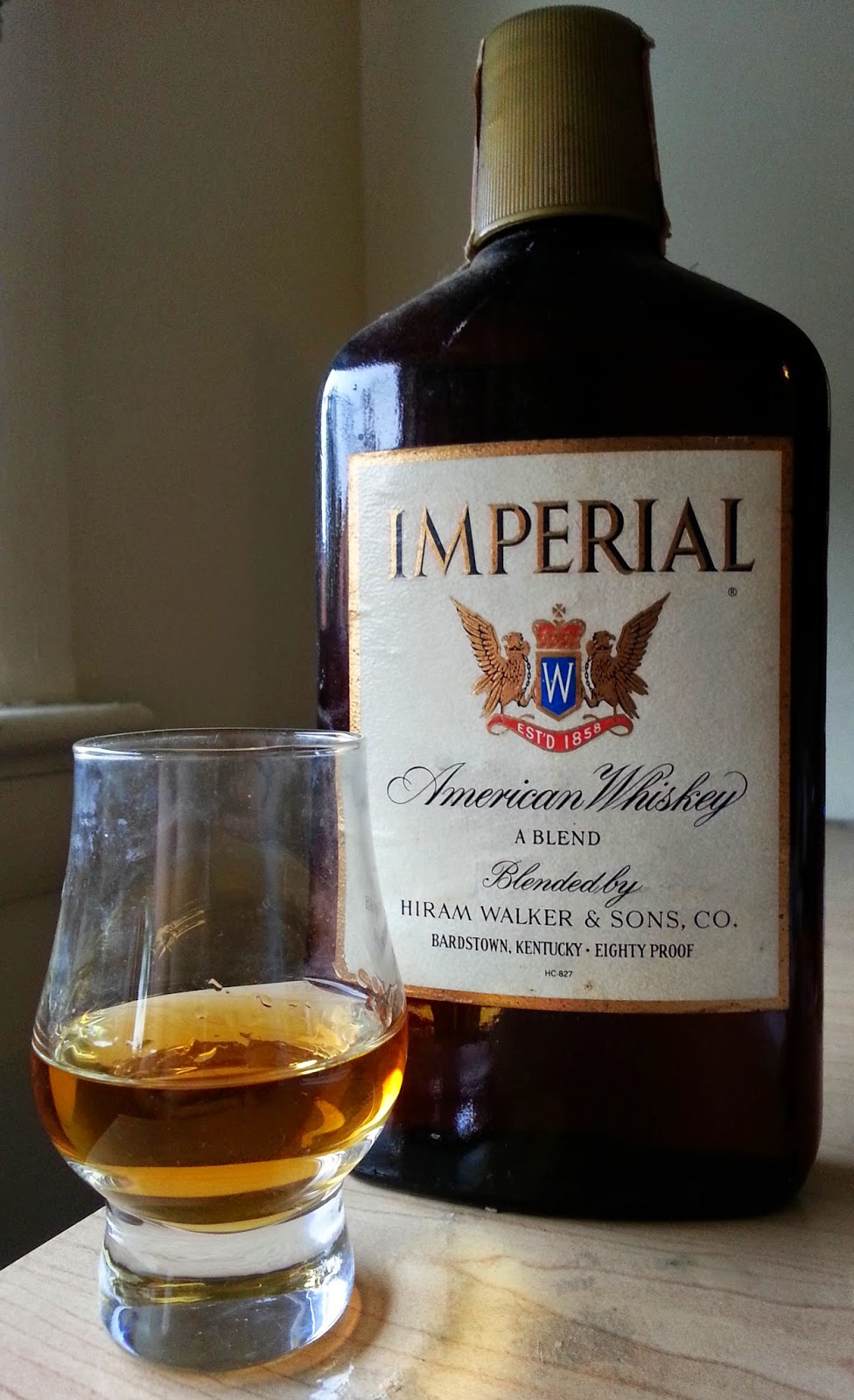

















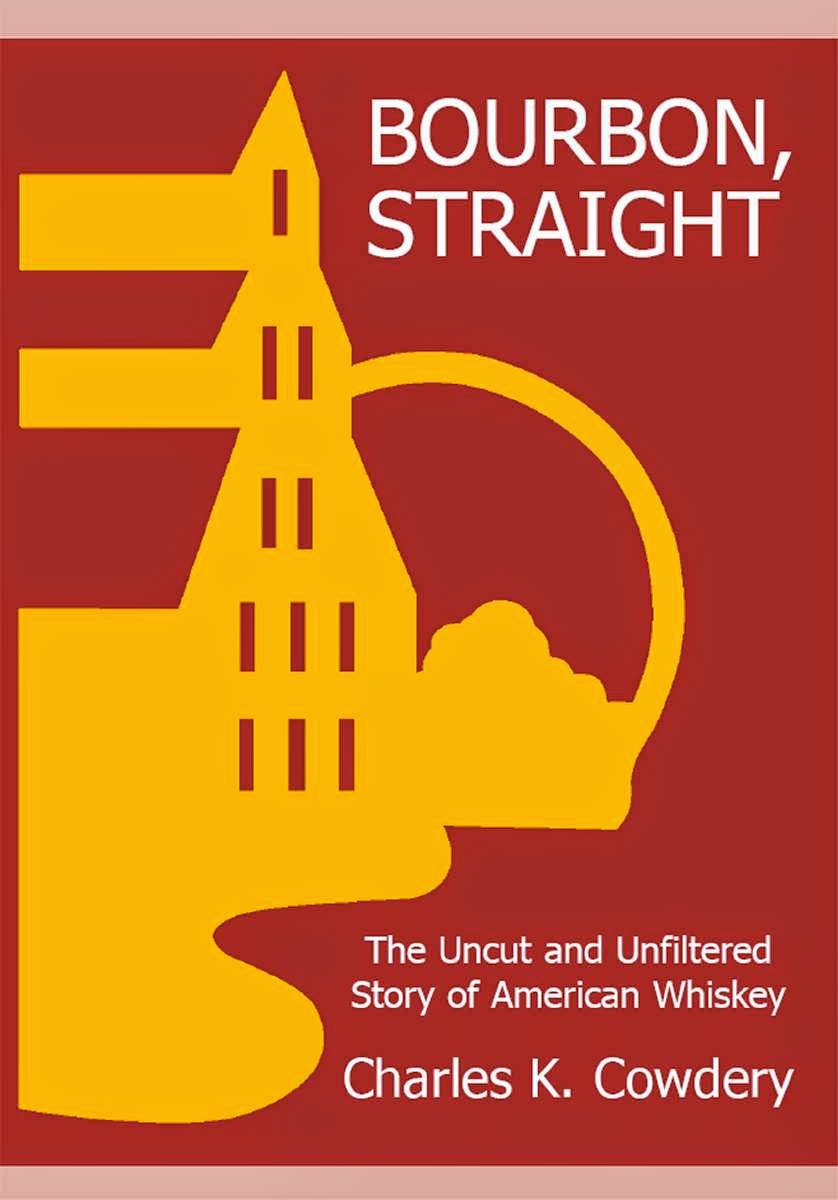
























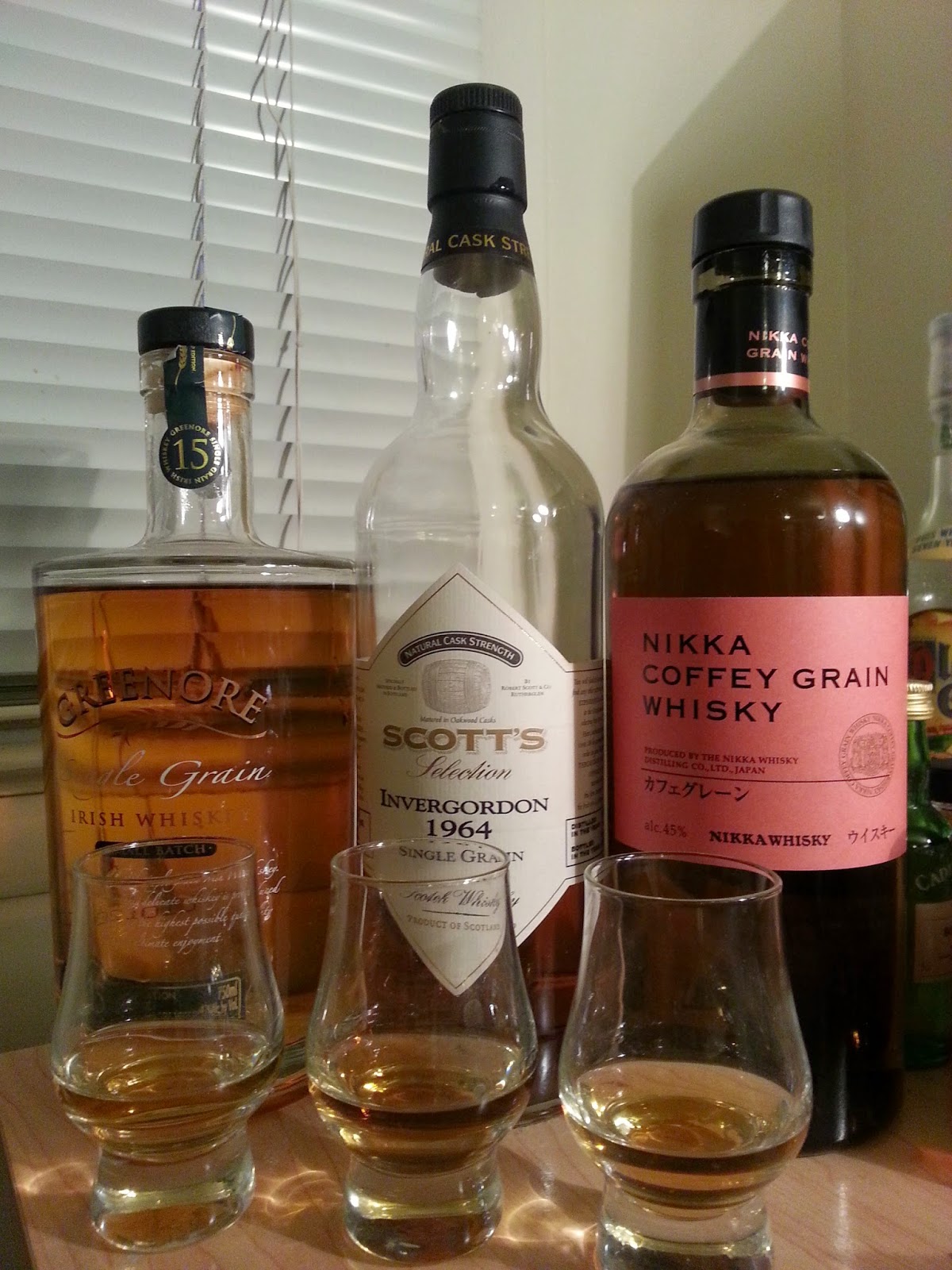












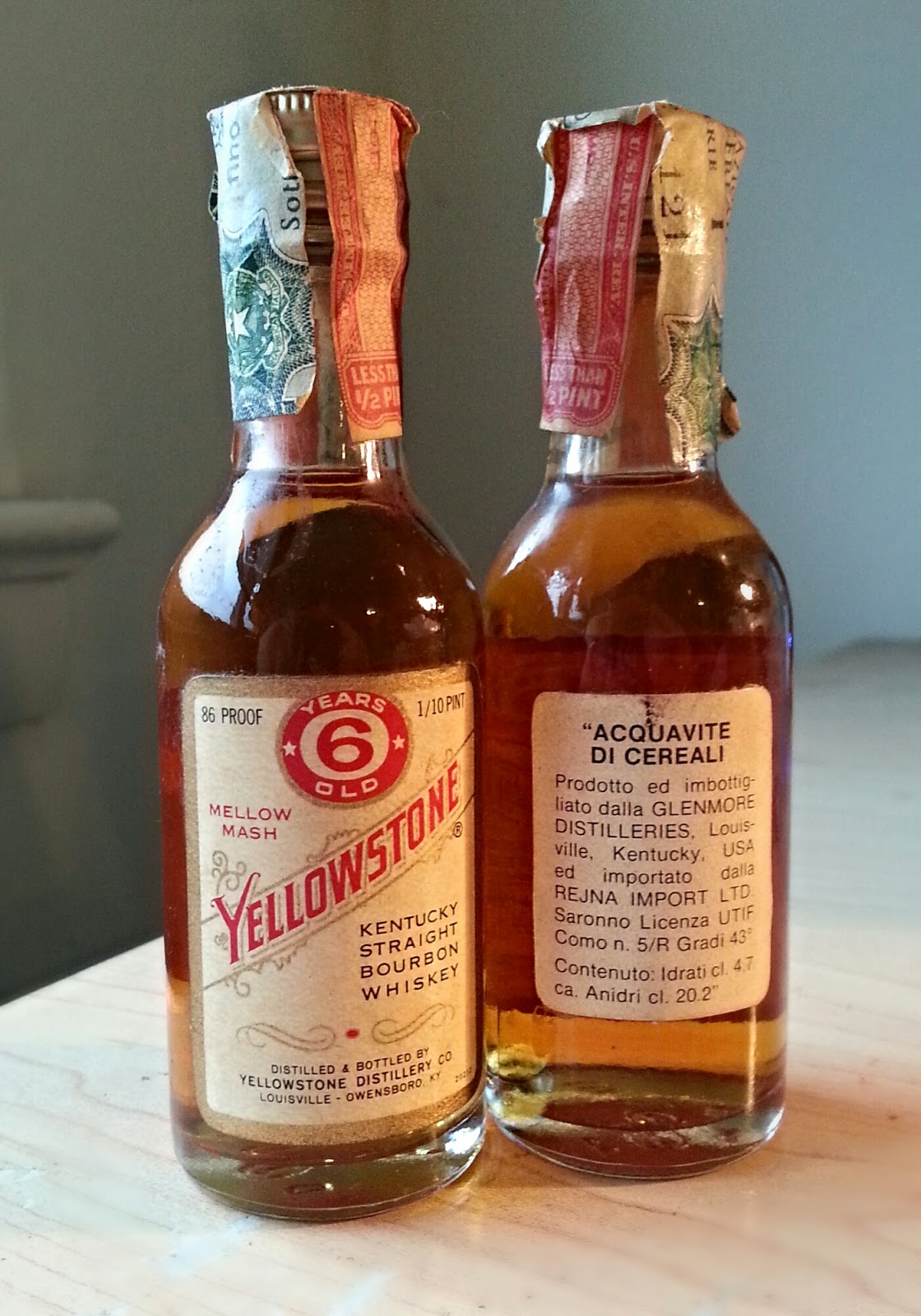
















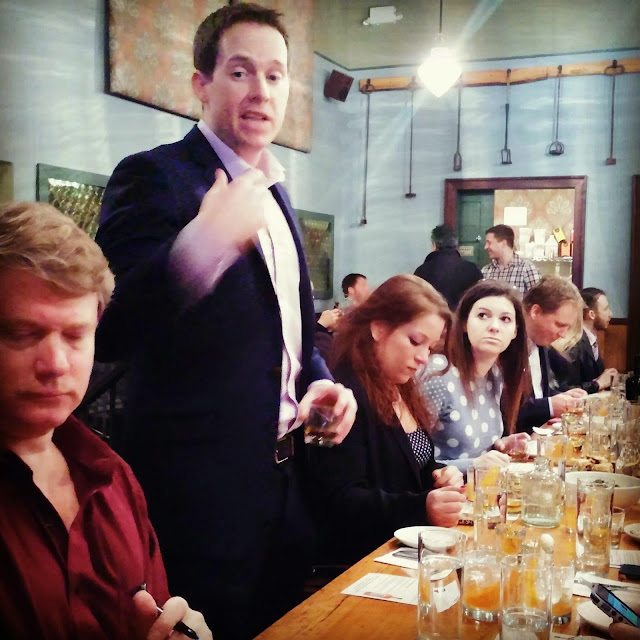














 .
.



























